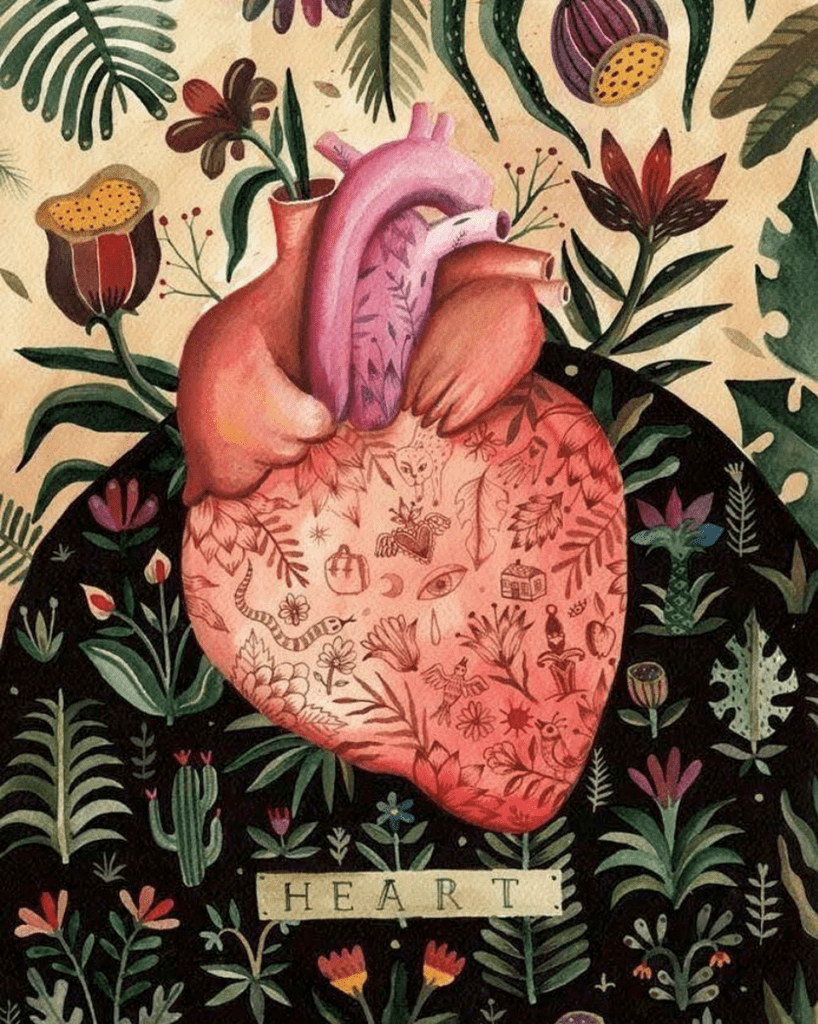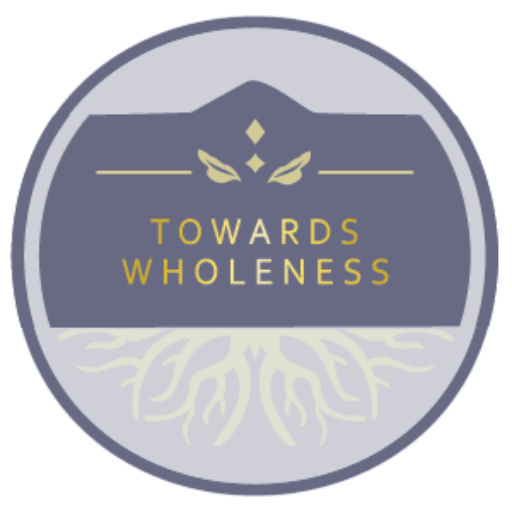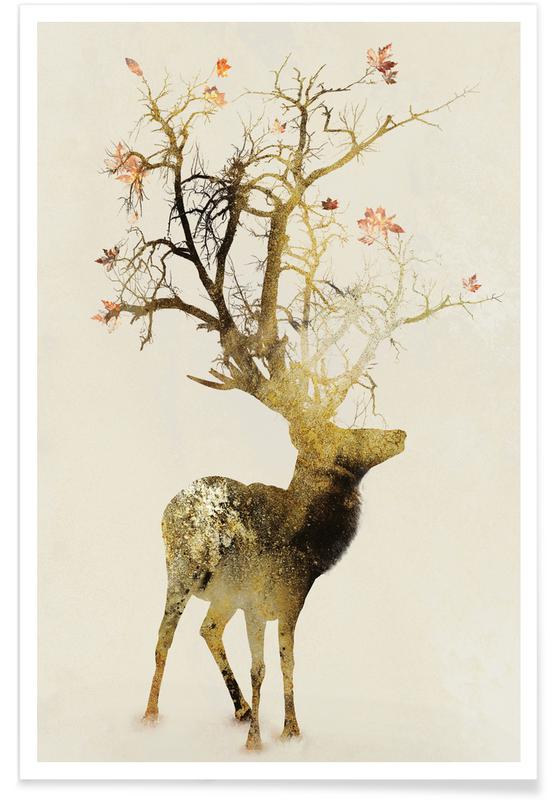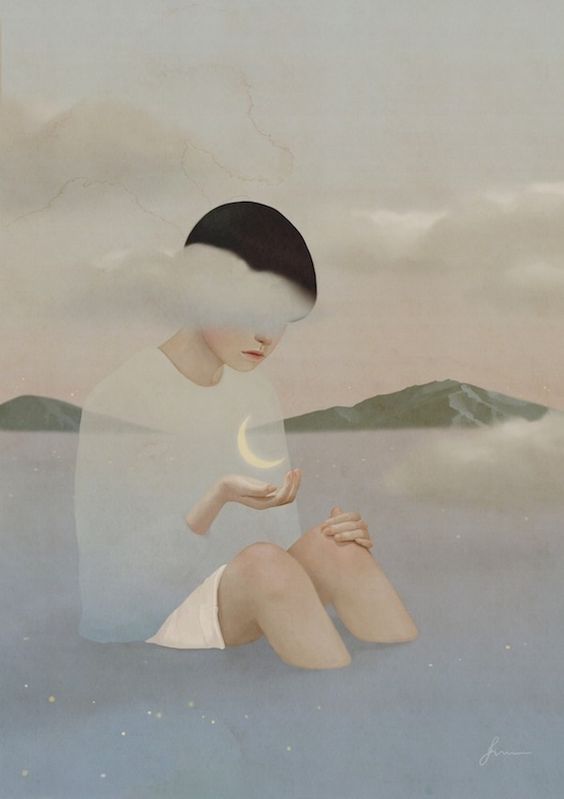
The Path of Healing
In the West, our understanding of the processes of repair and regeneration has been conditioned by the medical model and its inbuilt treatment paradigm. This paradigm has spread beyond the medical profession, becoming the dominant model of how we relate to all discomfort, illness and health. Due to this internalized value system, healing has been a shamed and exiled word in psychology and most of psychotherapy, despite its relevance to these fields. Denied as primitive and incompatible with the realms of science and its inherent status and power that these fields aspire to, healing’s intuitive wisdom has been replaced by ‘clinical knowledge’ and ‘evidence-based’ practices. But when we attend to matters of the heart and the soul we need to work in greater depth. Scales, generalized measures and questionnaires do not penetrate deep enough to reach a person’s soul on its unique journey.
Treatment rests on the principles of exclusion while healing relies on the powers of inclusion. In treatment, what is seen as painful and undesirable, bothersome or even un-dignifying is fragmented from the whole and treated in isolation. Symptoms and ailments are medicated out of existence while the rest of the person is to carry on unchanged, as before. In healing work, we follow the movements of inclusion. We take symptoms seriously and embark on a relationship with them. We animate them and give them voice to converse with. We give them their space in exchange for their messages and wisdom. Rather than bothersome or superfluous, they are honored as messengers of the soul, in service of our own unconscious depths.
The way of approaching symptoms in the treatment model is aligned with an individualistic worldview that sees parts of any system as separate and autonomous from the whole they belong in. Healing follows a systemic worldview, where every part of the system bears an impact on the whole; any individual movement will affect the wider network it is an intrinsic part of. It recognizes the cause and effect of interconnectedness within the wider ecosystem of the Self and its surroundings. What is suppressed and excluded does not simply disappear, it returns in different forms. Until we receive and process the messages of our symptoms, the messengers will keep on coming. The process will need to repeat itself until we support the necessary changes that will allow a deeper order to be formed; a deeper sense of Self to emerge.
In the treatment paradigm, the agency is located primarily outside of us. It rests with a doctor, or a pill, or a course of treatment that we hope will free us from our unwanted symptoms. However, in the healing paradigm the primary agency rests inside of us. We might use pointers and guides from the outside, but the keys remain inside ourselves and the healing journey takes place firmly within. While entering our process of healing, we have to tread the paradox of retaining our agency whilst surrendering to the process within. This surrendering summons the inner healer that exists within the depths of us all, the one that knows what is truly needed and what is ready to be discarded, the one that carries nature’s wisdom through our bones. In the healing process, rather than stay who we were, we must shift and grow in new directions, becoming other aspects and versions of ourselves, rooted in greater service to our wholeness.
Treatment modalities render the emerging inner movement incomplete. Whatever has risen to meet us has been suppressed never to be truly seen or known. Whatever unconscious fact has been carried by our symptoms into consciousness has been silenced and its integration into consciousness remains incomplete. In healing, inner movements are followed through to completion as we strive to receive the guidance of our unconscious through our symptoms. Whilst in treatment the unconscious remains a separate and excluded part of the process, healing rests on a firm collaboration between our conscious and unconscious selves, with input from both and integration of the two.
Treatment engages the superficial layers of our being whereas healing engages us in much deeper ways, integrating the embodied, cognitive, emotional and spiritual dimensions of the Self. It often requires us to undertake a journey of deep inner transformation, as we move through to our core and undertake the treacherous journey back towards the surface. While the treatment paradigm follows a mechanical and linear path of progression that aims to keep the person as they were before, minus what they are treating, healing modalities embrace the cyclical nature of the inner journey and require of us nothing less than entering the cycles of death and rebirth. Death is not to be kept at bay, it is to be allowed as a natural and necessary part of the process; as a guide for awakening to a greater wisdom of how to live our lives in greater truth and fullness.
A treatment informed process rests on an overarching diagnostic story that moves towards specific goals and outcomes. It emphasizes remaining in control and moving through a set of certainties. A healing informed process rests on the interweaving of multiple and multilayered stories and works on a much wider scope. It is not aiming to remove our wounds, it is seeking to bring them back into a fertile state that supports further growth and life to spring out of them. This is an ongoing process, and whereas treatment exists at a fixed point in time, our engagement with the movements of healing is a lifelong journey that requires us to engage with the fullness of Self throughout our lives and its various cycles. The goal is the inner unfurling that occurs during the journey rather than the destination. It is a path that holds no certainties and rests on surrendering and on deep inner listening to what is ripe to emerge. A process that moves organically through both seeker and guide. In contrast to the treatment modality that holds a clear boundary between patient and expert, the healing process is a joined journey between seeker and healer and has to move through both of them. Carl Jung has said:
“The meeting of two personalities is like the contact of two chemical substances: if there is any reaction, both are transformed”.
When life shakes our sense of wellbeing on any level, treatment might well be what is called for. Alongside treatment, healing might also be a necessary part of our way in and through. To keep engaging with the symbolic layers of life and the meaning making function us humans can thrive on, is to engage with the intuitive and the non-linear wisdom that lays within us. So far, the two modalities have been territorial and defensively dismissive of each other. Despite their differences, they both spring from a desire to be of service and to find ways to restore the human capacity or spirit, which are never really that far apart from each other. They need to work in close proximity as they are both of the world of repair and regeneration, but like the yin and yang, their different offerings bridge the opposites of this world. While treatment smooths over the cracks, healing is of the cracks. While treatment carries the burdens of its work in the container of certainty, healing trusts what emerges in the spaces of vulnerable uncertainty. This is not a call for integration between the two modalities, it is a call for respectful collaboration based on their particular remits; an acknowledgement of their individual limitations and strengths and a recognition that one cannot replace the other.



